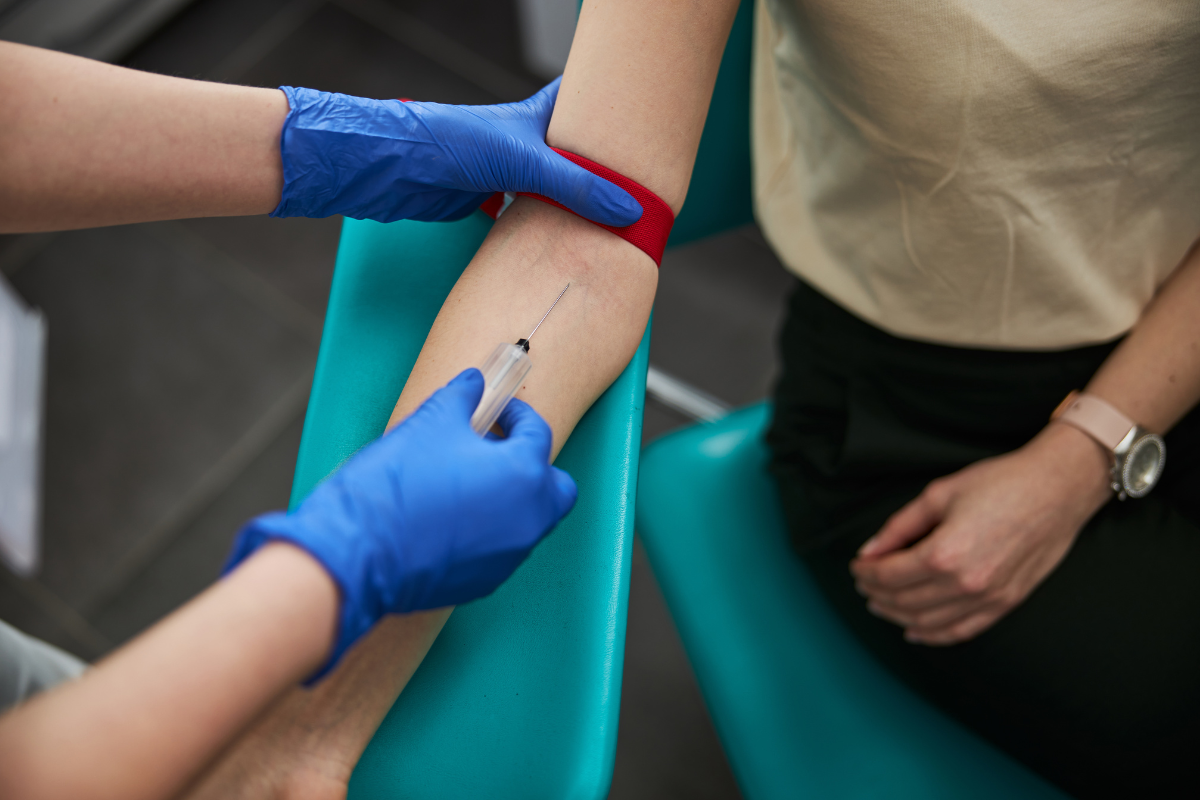A Wearable Ultrasound Patch for the Home Detection of Breast Cancer

Researchers at MIT have designed a wearable ultrasound patch which can capture uniform images of breast tissue without relying on specialist operator training.
The wearable device, which can be fitted to a bra, could one day help people to detect early signs of breast cancer at home.
The patch is based on the same ultrasound technology used in imaging centres, and represents a safe way to track changes in soft tissue in real time.
Since the scan is based on piezoelectricity – a process by which crystals convert mechanical energy into electrical energy – the device can be minaturized for home wear.
The project was led by Canan Dagdeviren, Associate Professor of Media Arts and Science at MIT, who said the device was suited to repeatedly capturing images from the same position.
- Plasma Biomarkers Show Promise in CNS Trials for Alzheimer’s Disease
- ddPCR Approaches for Biomarker Detection and Analysis
- Blood-Based Biomarkers and Liquid Biopsies in Cancer Treatment
To realise her vision of a diagnostic bra, Dagdeviren designed a miniature ultrasound device that could allow the user to perform imaging at any time.
Researchers involved in the study designed a flexible, 3D-printed patch with honeycomb-like openings to make the device wearable.
The patch attaches to a bra with openings that allow it to touch the skin, where it can scan breast tissue.
Early trials of the scanner revealed it could detect cysts as small as 30mm in diameter, returning images with a resolution comparable to ultrasounds taken at a resolution of roughly 80nm.
As Dagdeviren explained, the resolution makes the device well-suited to long-term monitoring, particularly since ultrasounds do not pose a radiation risk.
Navigating Implementation Procedures for a Wearable Ultrasound Patch
Breast cancer is the most prevalent cancer type worldwide, and accounts for around one in six cancer-related deaths in women.
The illness has a five year survival rate of up to 99% if it is caught when the cancer has not yet metastasized.
However, if it is identified later on then its five-year survival rate falls to 30%.
Dagdeviren’s long-term goal with the device is to make breast cancer screening more affordable, providing a means of diagnosis for women in countries with less economic development.
If effective, the device could be particularly useful in remote areas that lack easy access to medical centers.
There is a catch: while greater access to diagnostic technologies is critical for patients in less economically developed countries, the specialist expertise required to correctly interpret and act on this information has to be there too.
Other examples of patient wearable, self-monitoring remote devices – such as those in use for cardiac and diabetic applications – require a well-developed and sophisticated infrastructure.
At present, the wearable ultrasound patch could be on the market in the next five years subject to FDA approval.
However, successful clinical trials would need to be undertaken alongside a major research authority such as the American College of Radiology.
Get your weekly dose of industry news and announcements here, or head over to our Biomarkers portal to catch up with the latest advances in diagnostics. To learn more about our upcoming Biomarkers US conference, visit our event website to download an agenda and register your interest.






